
Passion Fruit
The name of this exotic fruit itself is enough to unleash all your passions! Technically known as "Passiflora edulis", passion fruit is a round to oval, firm ans juicy fruit originally cultivated in Latin America, East Africa and the Caribbean. Either eaten or juiced, passion fruit seemed to have been created to satisfy all envies. Passion fruit is not only consumed because of its great taste and enticing aroma, but also because its health benefits. Because it is rich in potassium, this tropical wonder can significantly lower blood pressure. It also contains a considerable amount of dietary fibers (42%), Vitamin C (36%) and iron (12%).
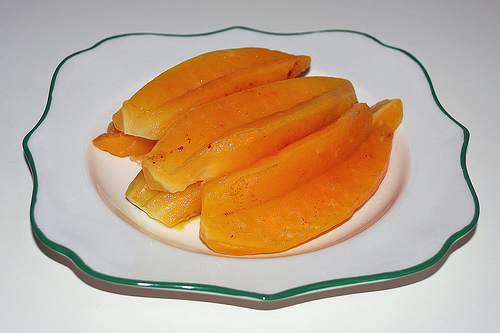
Star Fruit (Carambola)
A fruit native of South and East Asia, Carambola is now consumed all over the world, Shaped in the form of a star (hence the secondary denotation "starfruit'), carambola can be consumed raw, cooked, juiced or even in the form of preserves and relishes. Health wise, carambola abounds of vitamin C, potassium and antioxidants. The starfruit is also thought to harbor anti-microbial properties, particularly against Staphylococcus aureus, Pseudomonas Aeruginosa, E.Coli and Klebsiella species. But despite all its advantages, carambola should be consumed with moderation, as it is also rich in oxalic acid which is a common cause of kidney stones.
- Important notification about information and brand names used in this slideshow!
- Photo courtesy of Choo Yut Shing by Flickr : www.flickr.com/photos/25802865@N08/3611951599/
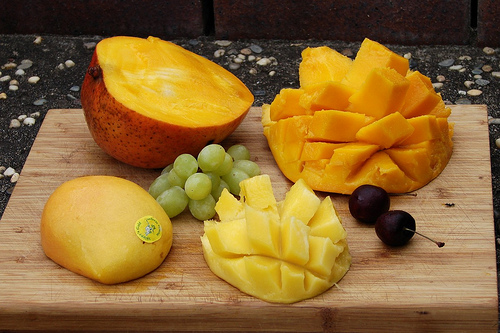
Mango
Who wouldn't crave for some freshly picked mangoes in the summer? That's right, no one! There are several mango species, and their size and color at maturity both vary depending on the species. They are almost always sweet, and have a smooth and pulpy texture, almost similar to matured plums. They are a great source of dietary fibers, which could be one of the reasons why over-consumption of mangoes may lead to diarrhea. Mangoes are so rich, juicy and tasty that Pakistan and India have designated them as their "national fruit". Some people tend to consider a mango tree as the best investment in terms of fruit trees, as mango trees generally live long and their production is breathtaking (more than any other fruit) during the mango season.
- Important notification about information and brand names used in this slideshow!
- Photo courtesy of Tatiana Gerus by Flickr : www.flickr.com/photos/tgerus/4346213550/
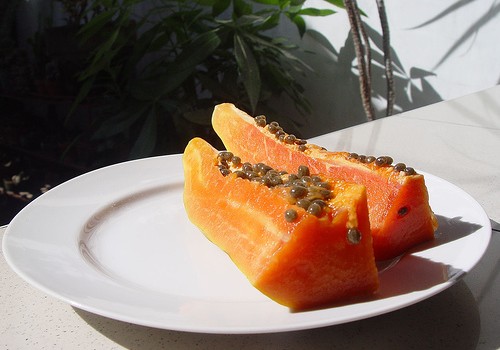
Papaya
A fruit that originated from South America, papaya (or "pawpaw" as it is referred to in Australia) is a large, tree-like exotic fruit. Christoph Columbus used to call it "The fruit of the Angels" because of its sweetness, its musky undertone and its butter-like consistency. Today, papaya is made widely available in markets, although the peak season for its production are summer and fall. Papaya has a rich yellow-orange color attributable to its content in carotenoids, precursors of Vitamin A. Papaya is also rich in vitamins C, E and K, potassium and fibers. Lastly, papaya contains an enzyme called "papain" which helps in the digestion of proteins and is commonly added to dietary supplements and chewing gums.
- Important notification about information and brand names used in this slideshow!
- Photo courtesy of Normski's by Flickr : www.flickr.com/photos/normski/1596602722/
- Source 1: whfoods.org/genpage.php?tname=foodspice&dbid=47
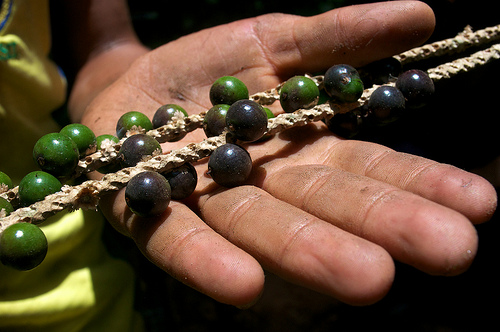
Acai
Acai, also known as "Acai berries" are round, inch-long and reddish fruits that originate from South America. Considered to be part of the top 10 Superfoods, Acai berries potentially offer you all what your body longs for: anti-aging, protection against microbial infections and cellular damage, and promote cell renewal. Acai berries are particularly praised for their high content in antioxidants, flavonoids and thiocyanins; the latter one being responsible for their purple to bluish hue. Acai has been proven to be richer in antioxidants that other commonly encountered berries: strawberry, raspberry, blueberry, etc. And because of its impressive content in antioxidants, Acai oil is commonly used in cosmetics to prevent skin damage and promote skin renewal.
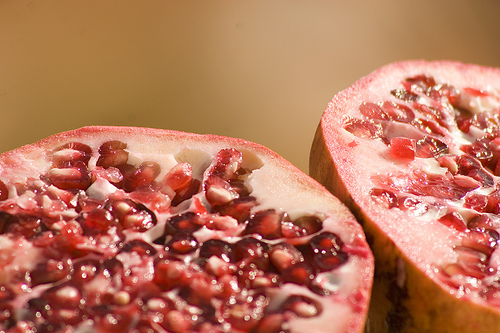
Pomegranate
Pomegranate is one of the oldest known and consumed fruits, and evidence of its consumption are reported in artifacts of many cultures and religions. Even the Bible (in the book of Exodus) makes mention of it. Originating from Persia, pomegranate has long been considered as the symbol of fertility, general health and eternal life. And where does its secret lie? In its majestic reddened seeds. Pomegranate contains two principal types of chemicals: first, the punicalagins, which are responsible for the majority of its antioxidant function. As antioxidants, punicalagins work together to lower the risk of heart diseases by preventing the formation of cholesterol plaques (event that takes place through oxidation). This highlights the health benefits of pomegranate for the heart and blood vessels. Secondly, pomegranate contains metabolites called "ellagitanins" which are known to deposit in the prostate gland, colon and intestinal tissue; thus highlighting further potential benefits.
- Important notification about information and brand names used in this slideshow!
- Photo courtesy of Shai Barzilay by Flickr : www.flickr.com/photos/shyb/56010398/
- Source 1: www.drfuhrman.com/library/article19.aspx
- Source 2: en.wikipedia.org/wiki/Pomegranate#Potential_health_benefits
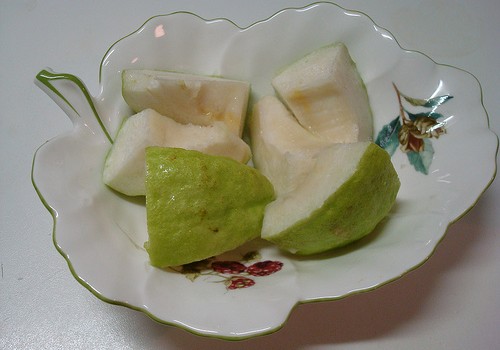
Guava
Guavas are much more common in Asian countries than they are in the western world, but hey, this doesn't keep us from enjoying all their benefits! A mouth watering and aromatic fruit, a refreshing summer beverage (like the Mexican guava agua fresca) or a homemade jam, the possibilities are endless when you are dealing with guavas. Guavas are rich in vitamin C (about 4 times more than that of oranges). They are also an abundant source of dietary fibers, potassium, copper and manganese. Furthermore, guavas are rich in carotenoids and polyphenols, antioxidants pigments that are responsible for their yellow to reddish hue.
- Important notification about information and brand names used in this slideshow!
- Photo courtesy of Tzuhsun Hsu by Flickr : www.flickr.com/photos/alberth2/2667822558/
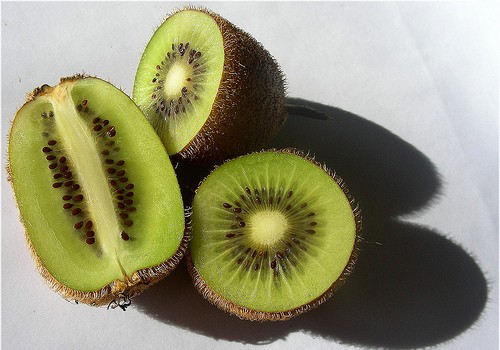
Kiwi
The kiwi fruit (shortened as "kiwi") is a berry derived from the wood vine. This exotic fruit is fascinating not only because of its many health benefits, but also because of its sweet yet unique flavor. Kiwi are usually grown in temperate climates, and production is at its peak when it's in season. A part from adding kiwi in our fruit shakes, homemade fruit pies or smoothies, we could get more creative and use it as a meat tenderizer. In fact, kiwi possesses an enzyme called" actinidain" which dissolves the protein structure of our nutrients and make them more fragile and easier to digest. Other nutrients that you could benefit from from eating kiwi include Vitamins C, K, E and alpha-linolenic acid (omega-3).
- Important notification about information and brand names used in this slideshow!
- Photo courtesy of Jose Luis Cernadas Iglesias by Flickr : www.flickr.com/photos/jlcernadas/4287559059/
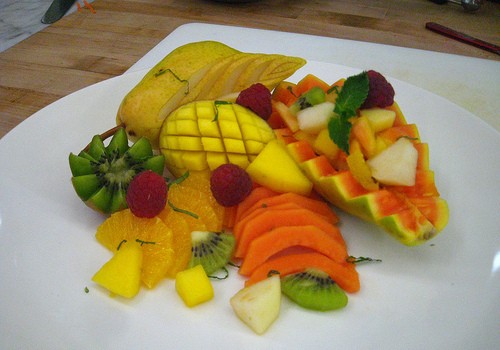
Benefits - Cooking, Vitamins
To summarize, our exotic and tropical fruits have more value than just being routine ingredients for piña coladas. They are healthy, supply the body with the necessary vitamins, proteins and omega-3 and 6 necessary for its proper functioning. However, the benefits of these fruits are much higher when they are consumed cooked. The reason is, the applied heat causes disruption of the proteins' tertiary structure, thus removing a part of some of its nutrients. This also applies to their vitamin and antioxidant content. Henceforth, it is highly recommended to always consume your fruits raw, as much as possible, if there are no limitations to such.
- Important notification about information and brand names used in this slideshow!
- Photo courtesy of Angelina Purpura by Flickr : www.flickr.com/photos/daedrius/4278877729/





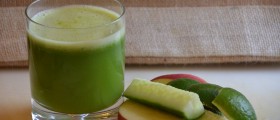



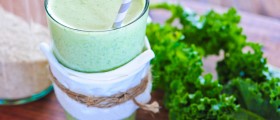





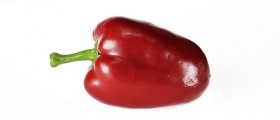











Your thoughts on this
Loading...